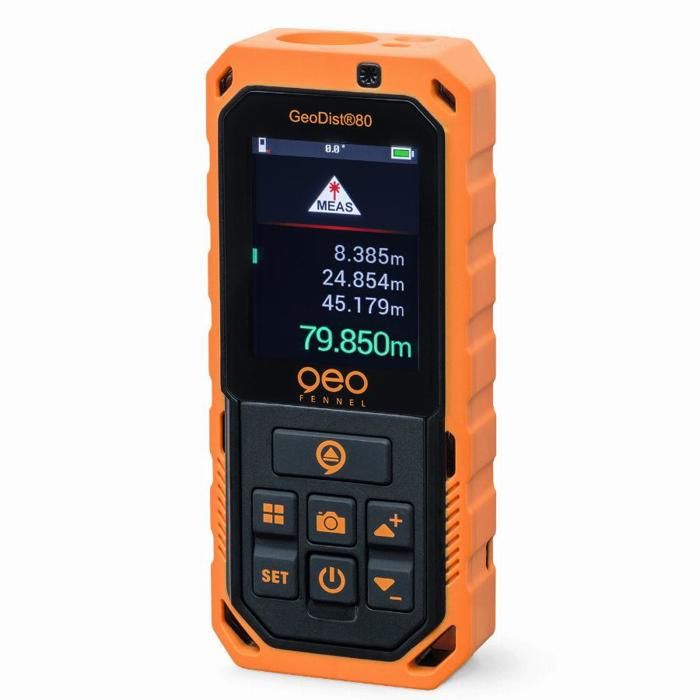

One privacy-respecting approach to geocoding is to install Nominatim on a local server, and use that server for geocoding.
Geodist dont print free#
We point out the privacy policies of two commonly used and free services to remind institutional researchers about their duty to safeguard private information, and to be mindful about the services that are utilized in geocoding. This information is only used to monitor and track the performance of the Geocoder."īased on this response, one could infer that the submitted addresses are retained, but the retention period is not known. This server is only accessible by Census Bureau staff, who are bound by the confidentiality requirements set forth in Title 13 of the United States Code, and requires multiple levels of approval.

The information is stored on a server, which is internal to the Census network. The only information that is stored is IP Address (for batch and single address submissions) and submitted address (only for single address submissions). "When you submit a geocode request, the web server automatically collects certain technical information from your computer and about your connection. The geocoding service by the US Census Bureau does not publish any information regarding data privacy on their website, but an inquiry email asking for this resulted in the following response, dated September 1, 2021: It is recommended that the user reviews the data privacy and retention policies of the geocoding service that they choose to use to determine if there are any concerns with sending addresses to the geocoding service.įor example, the public Nominatim (geocoding based on OSM data) server’s usage policy states, “Please do not submit personal data or other confidential material to any of our services.” It is unclear from the OpenStreetMap Foundation’s privacy policy if submitted addresses are retained anywhere, and if so, for how long. This is especially critical for institutional researchers as address data never leave the local network, maintaining student privacy and limiting potential data security issues.īesides geocoding, this vignette also illustrates a few spatial applications of the geocoded data.Īs mentioned in the introduction section, addresses can be highly personal, and whether or not the data could be shared with a third-party organization is subject to the local institution’s policies. Moreover, the user could specify a custom API URL, which is useful for geocoding with a local Nominatim server instead of the public server. tidygeocoder supports the Nominatim service, a geocoding service based on OpenStreetMap (OSM) data, a crowdsourced open data platform.The user specifies the appropriate service depending on their needs as services differ on match rates, costs, limits on the free tier (if available), usage limitations (queries per second or total queries in a time period), and data privacy / retention policies. tidygeocoder provides a unified interface for geocoding with many services on the backend.Many analysts use R to process or analyze data, so it is convenient to stay in the same environment.Although many options exist for geocoding, we focus on this particular package in R for several reasons:

Geodist dont print how to#
In this vignette, we cover how to geocode using the tidygeocoder package in R. It is a critical first step to make addresses more useful for analysis by institutional researchers. Geocoding is the act of converting an address to its geographical coordinates (longitude and latitude). Census Bureau (e.g., the American Community Survey or ACS). Location data like student addresses are a rich source of information that could be leveraged for institutions to know where students are concentrated in the surrounding areas, the distance to campus for each student, the commute time to campus for each student, and population-level attributes of geographical areas provided by the U.S.


 0 kommentar(er)
0 kommentar(er)
